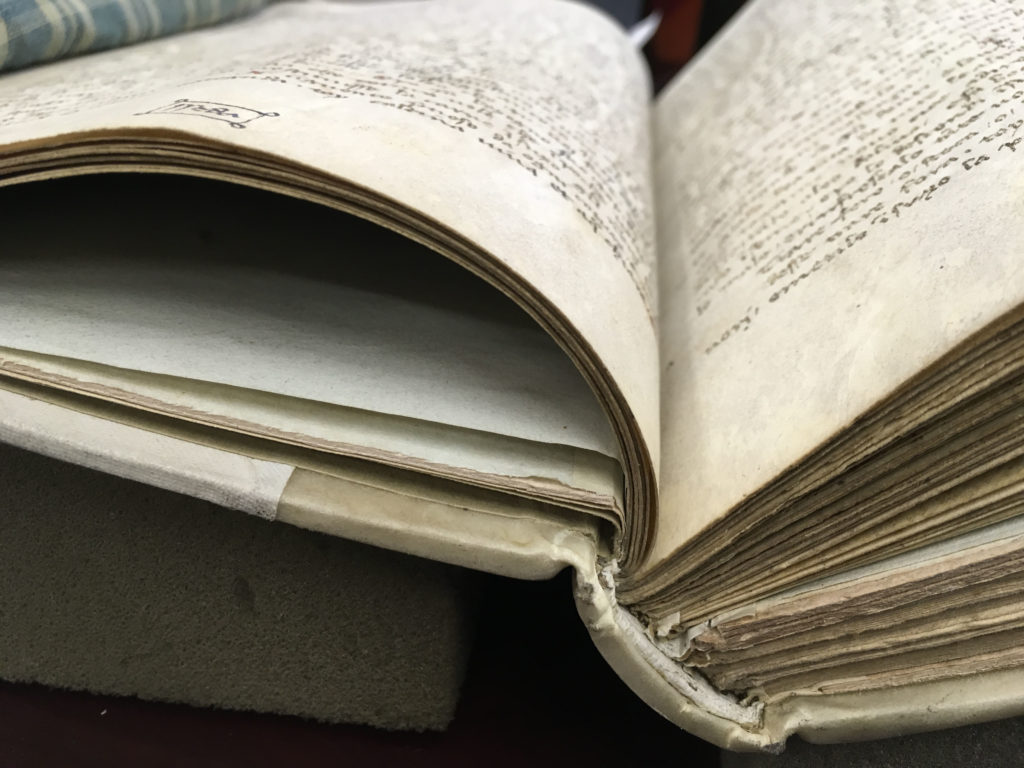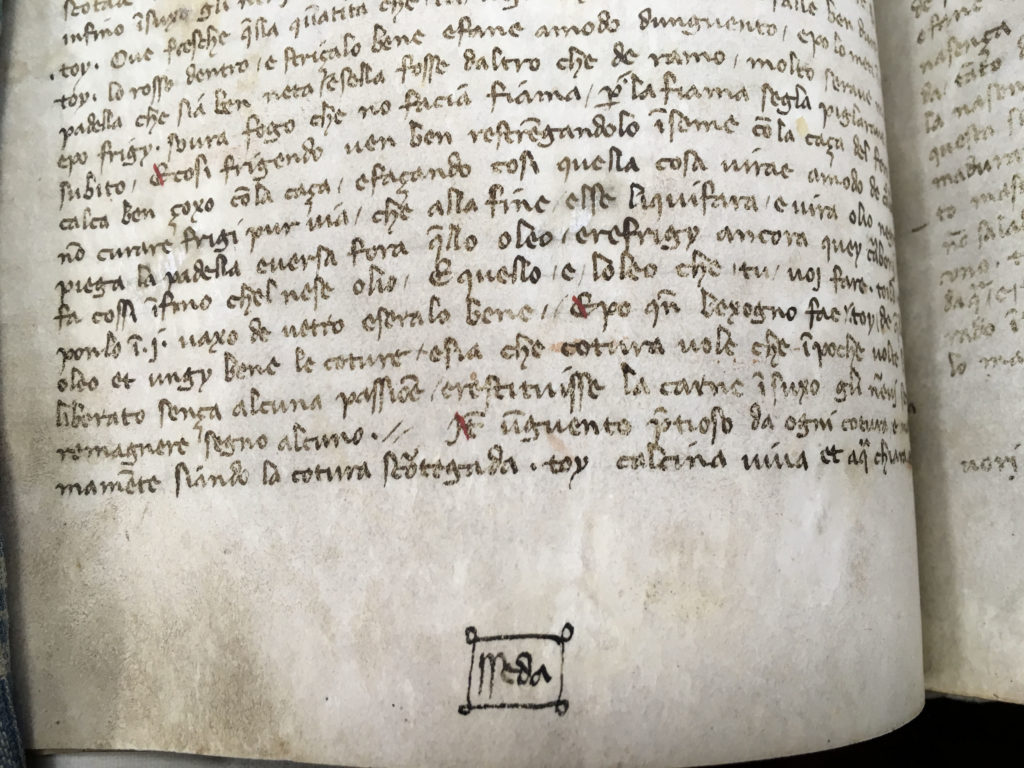Bernard de Gordon finished his Lilium medicinae in 1305 at the University of Montpellier. Lilium medicinae (literally, the lily of medicine) is his most well-known work. It is an encyclopedia of diseases with their symptoms, causes, effects, and treatments; and includes plague, tuberculosis, scabies, epilepsy, anthrax, and leprosy. Lilium survives in approximately 50 manuscripts (and numerous later, printed volumes) and was translated into French, German, and Hebrew in the 14th century, and Spanish and Irish in the 15th century. It was considered required reading at Montpellier beginning in the early 1400s.








